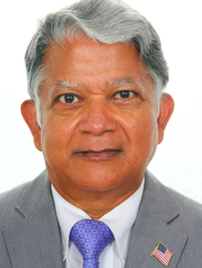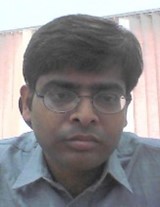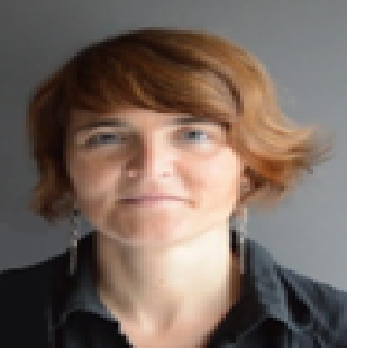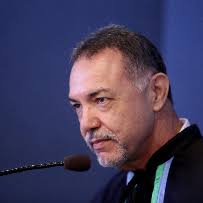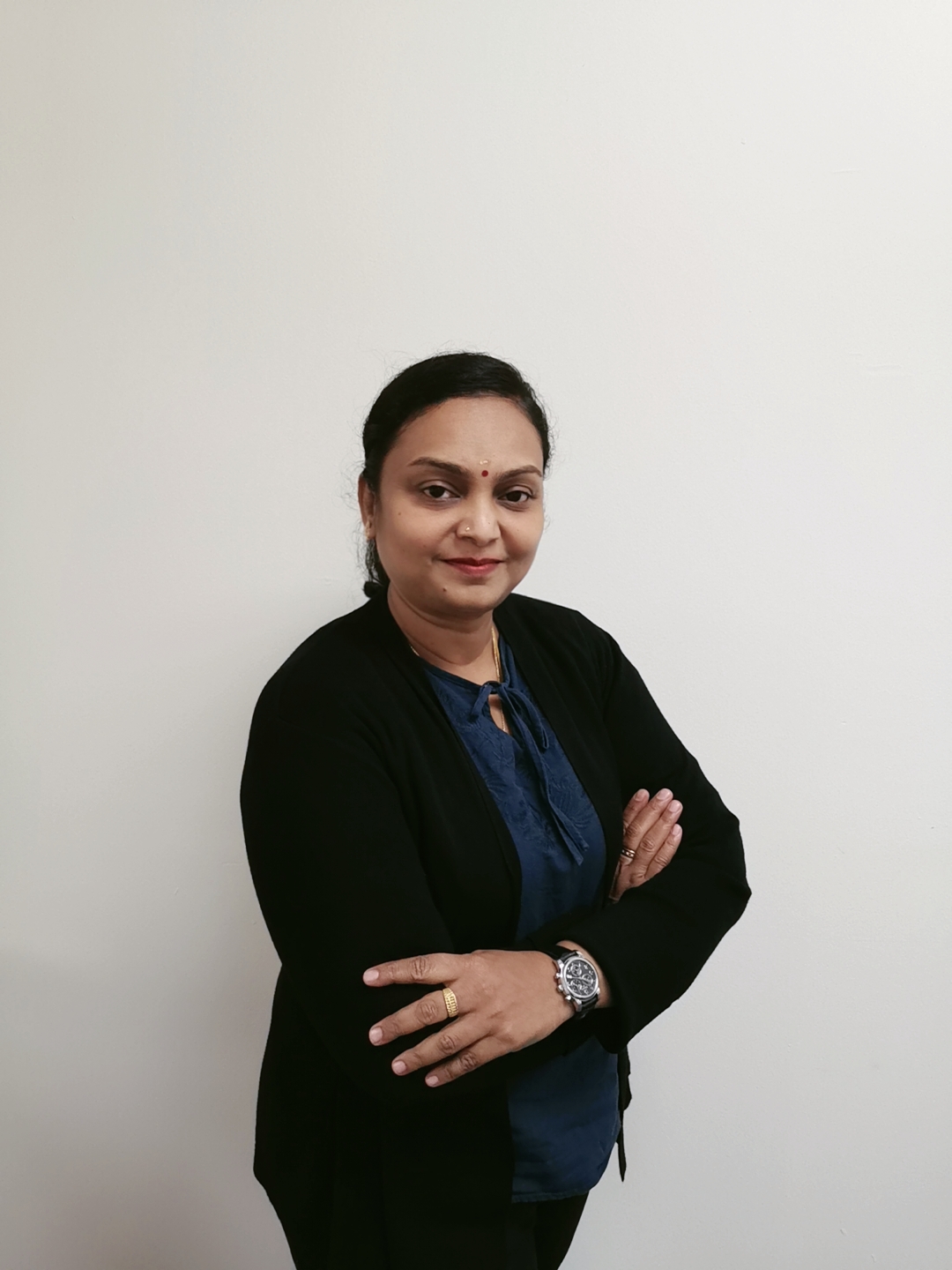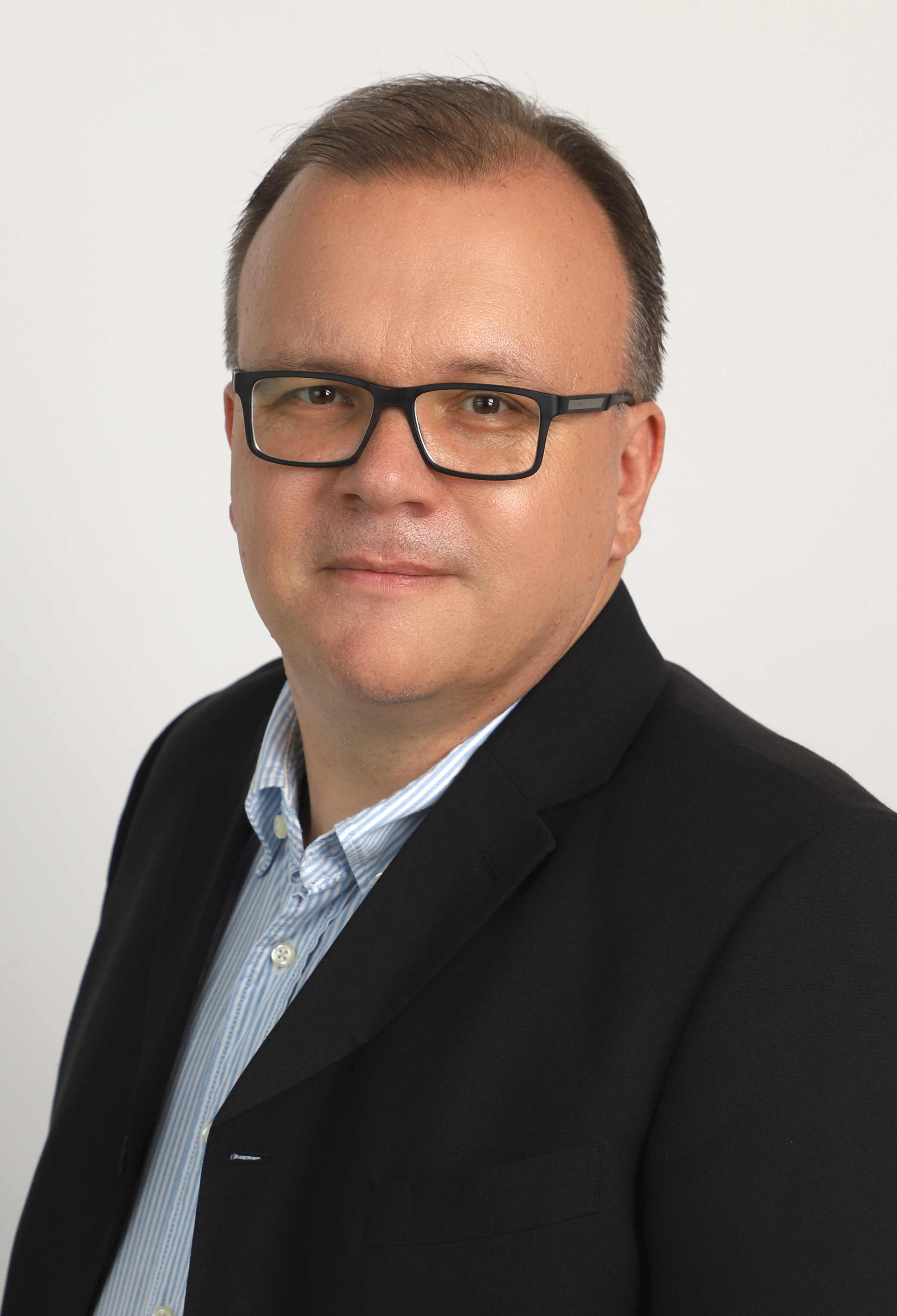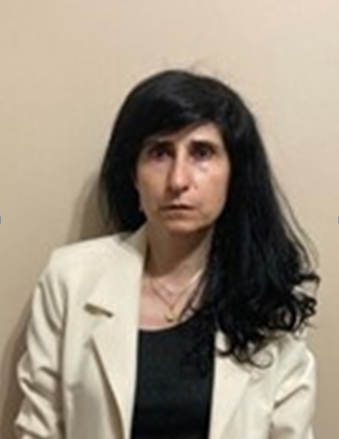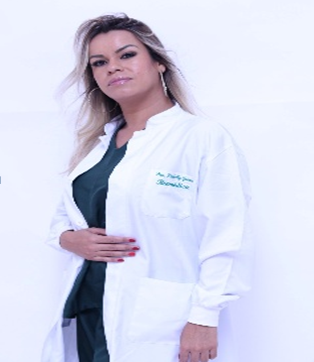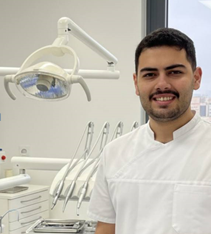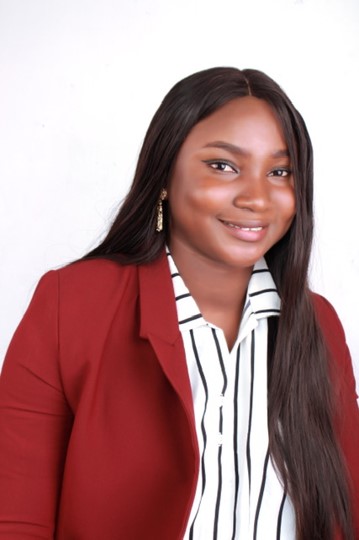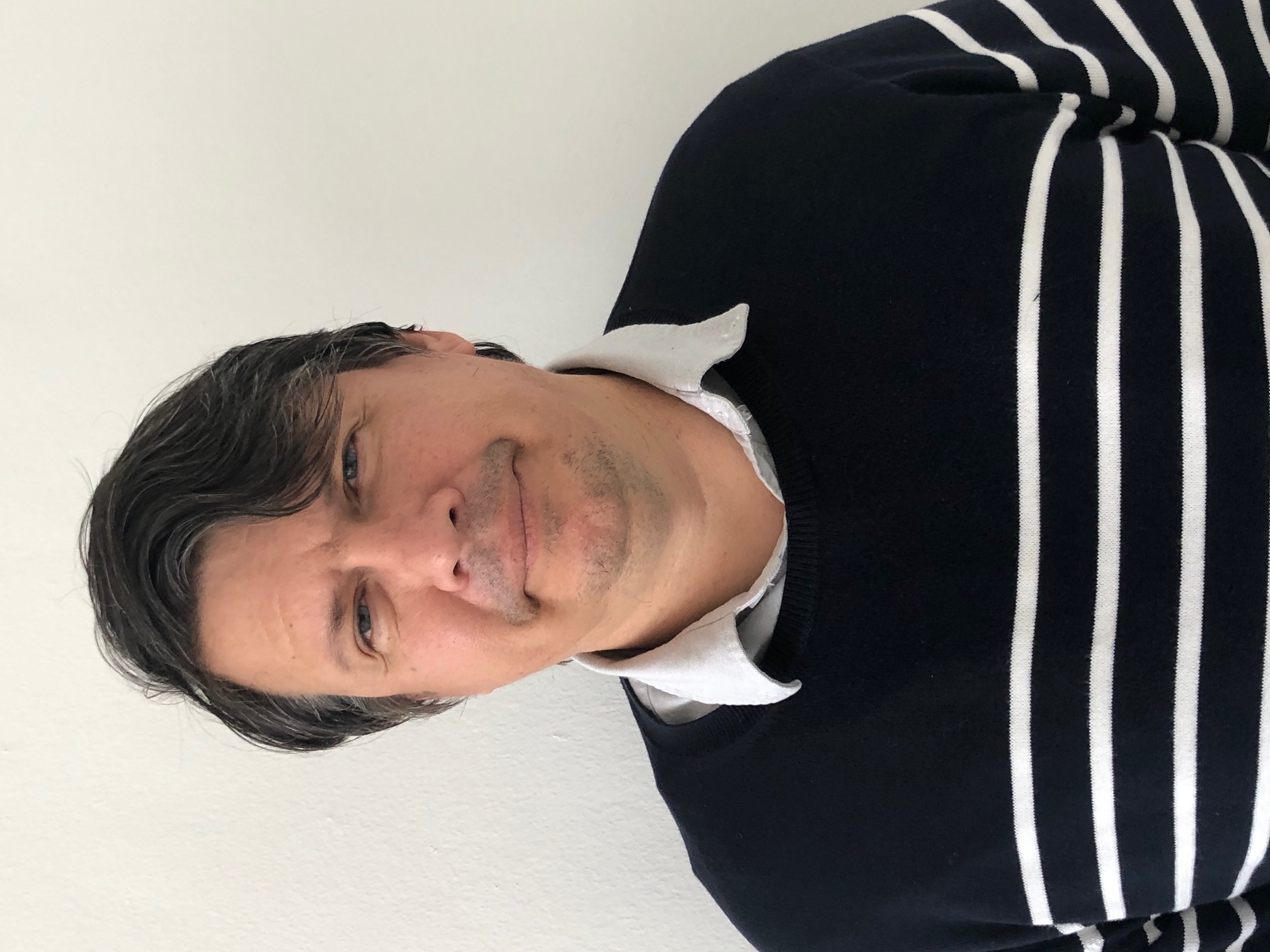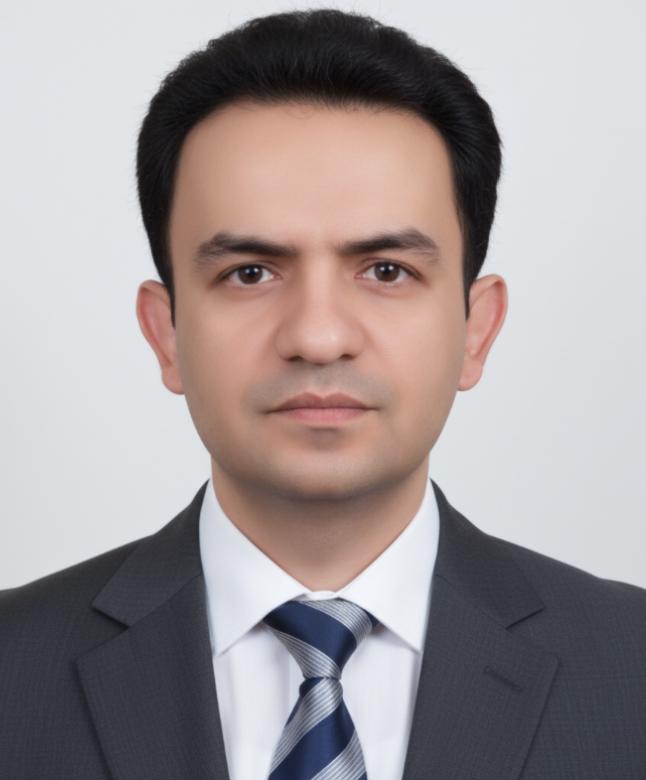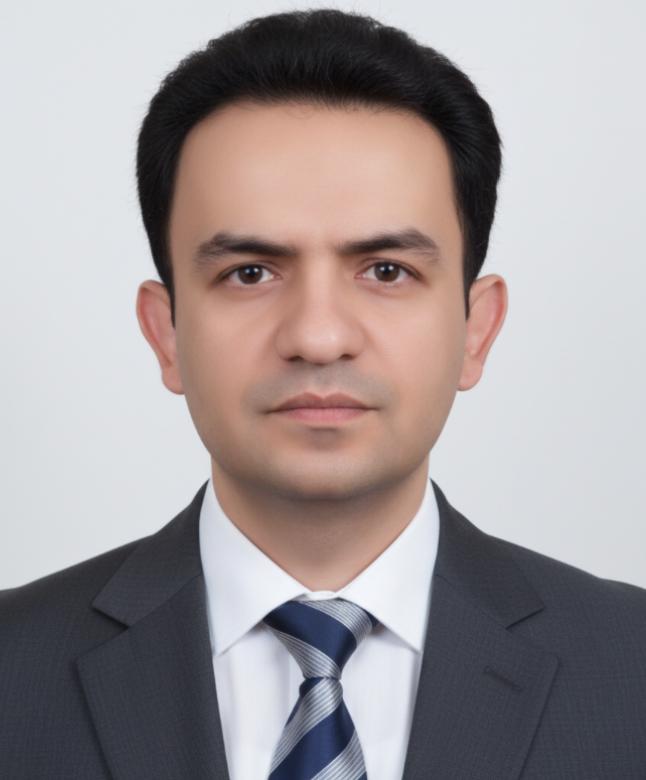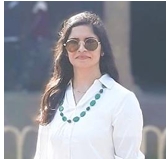Biography:
Alireza Keshavarz is a full professor specializing in Physics and Photonics, possessing extensive experience in both teaching and research. He earned his Ph.D. in Physics (Optics and Laser) from Shiraz University and has made significant contributions to the fields of academia and scientific research. His expertise spans various areas, including Photonics, Biophotonics, Nanophotonics, Nonlinear Optics, Optical Sensors, Photonic Crystals, as well as Plasmonics and Metamaterials. Currently, he is actively engaged in research in these areas and is mentoring graduate students, all while advancing knowledge and innovation in his fields of expertise.
Hanieh Moradi is a graduate student under the supervision of Prof. Dr. Alireza Keshavarz in the Department of Physics at Shiraz University of Technology. Her master's thesis focused on the Generation of Entangled Photons by Spontaneous Parametric Down-Conversion. She is currently engaged in designing and enhancing the performance of surface plasmon resonance biosensors.
Abstract:
Surface Plasmon Resonance (SPR)-based biosensors are renowned for their high sensitivity, real-time monitoring, and label-free detection, making them vital tools in medicine, industry, and agriculture. SPR occurs at the metal–dielectric interface when free electron oscillations create confined surface excitations. The most common configuration, the Kretschmann setup, involves a prism, a thin metal film, and a sensitive medium. This study presents a Surface Plasmon Resonance (SPR) sensor design that includes an SF10 prism, a 70 nm silver layer, and a periodic structure of graphene and a 7 nm MoS? layer, all optimized for malaria diagnostics. In this arrangement, a thin metal film is deposited on a prism to exploit SPR phenomena for sensing. Additionally, layers with unique optical properties, such as graphene and two-dimensional transition metal dichalcogenides (MX?), are often incorporated to enhance the sensor's performance and operate in the near-infrared (NIR) range. NIR wavelengths yield sharper resonance curves and permit imaging of thicker films with higher contrast. Using an incoherent light source in NIR helps eliminate laser fringe issues. Reflectivity is a parameter calculated using the ABCD matrix method in the Kretschmann framework to detect changes in the refractive index of the sample. The sensor detects refractive index changes in Red Blood Cells (RBCs) to distinguish healthy cells from malaria-infected ones in three stages: ring, trophozoite, and schizont. The refractive index of healthy RBCs was 1.399±0.006 RIU, while infected RBCs showed values of 1.395±0.005 RIU (ring), 1.383±0.005 RIU (trophozoite), and 1.373±0.006 RIU (schizont). Sensitivity measurements reached 198.08 and 201.52 deg/RIU for refractive index changes of 0.005 and 0.007, respectively. Optimized reflectivity values were 0.9530±0.006 a.u. (healthy), and 0.9439, 0.8946, and 0.8193 a.u. for the three infection stages. These results enable reliable differentiation between healthy and infected RBCs, demonstrating SPR's potential in malaria diagnosis through precise reflectivity analysis.
